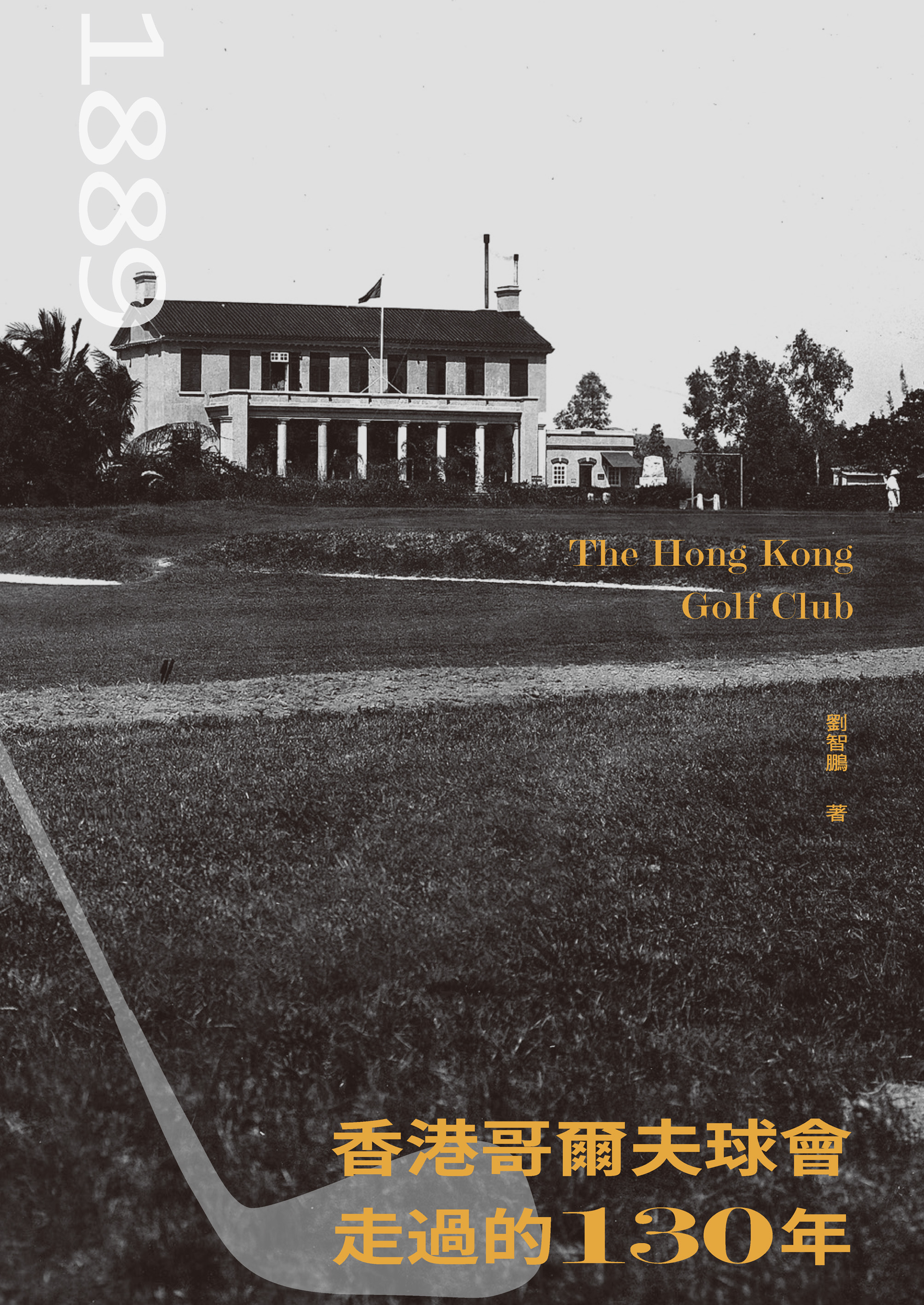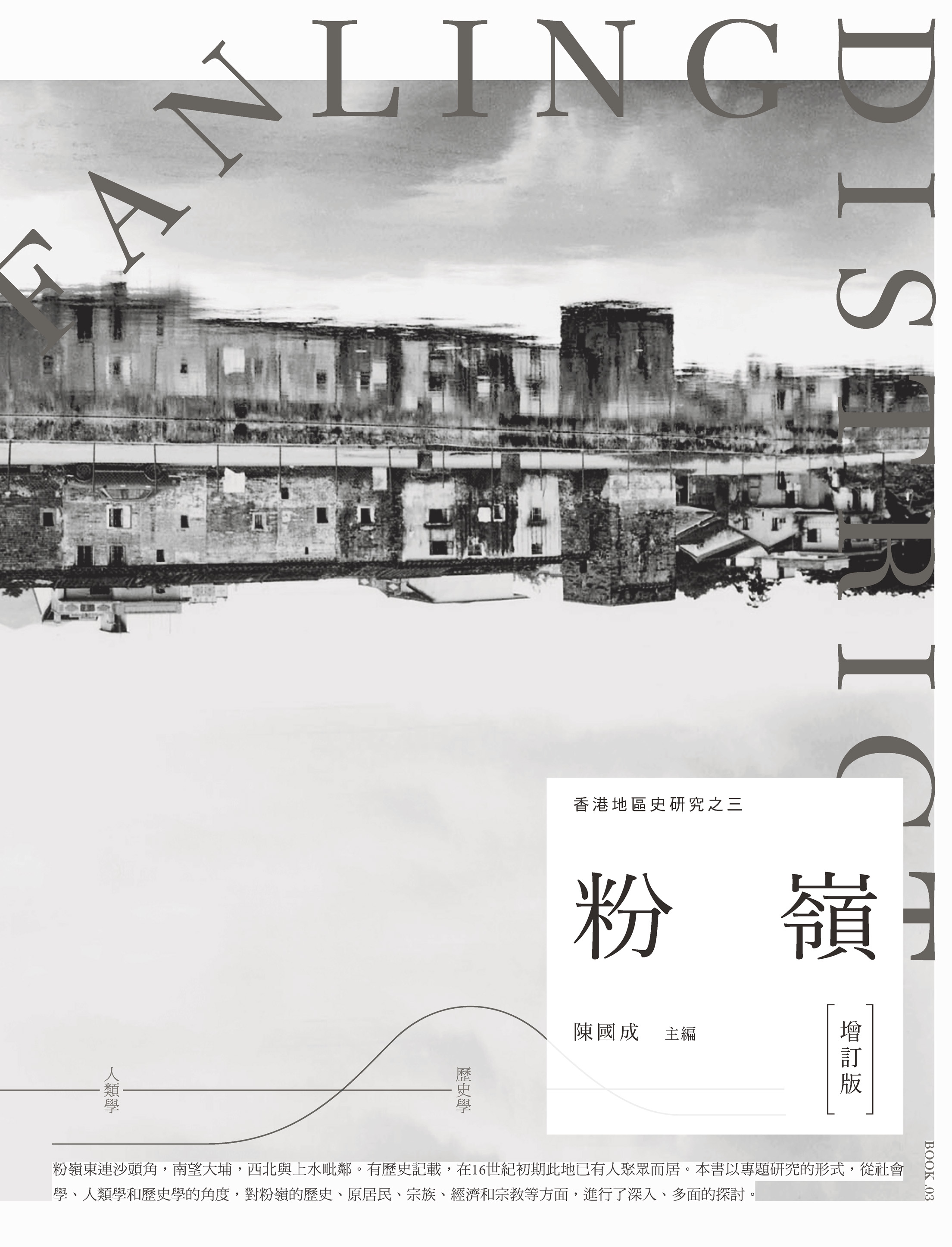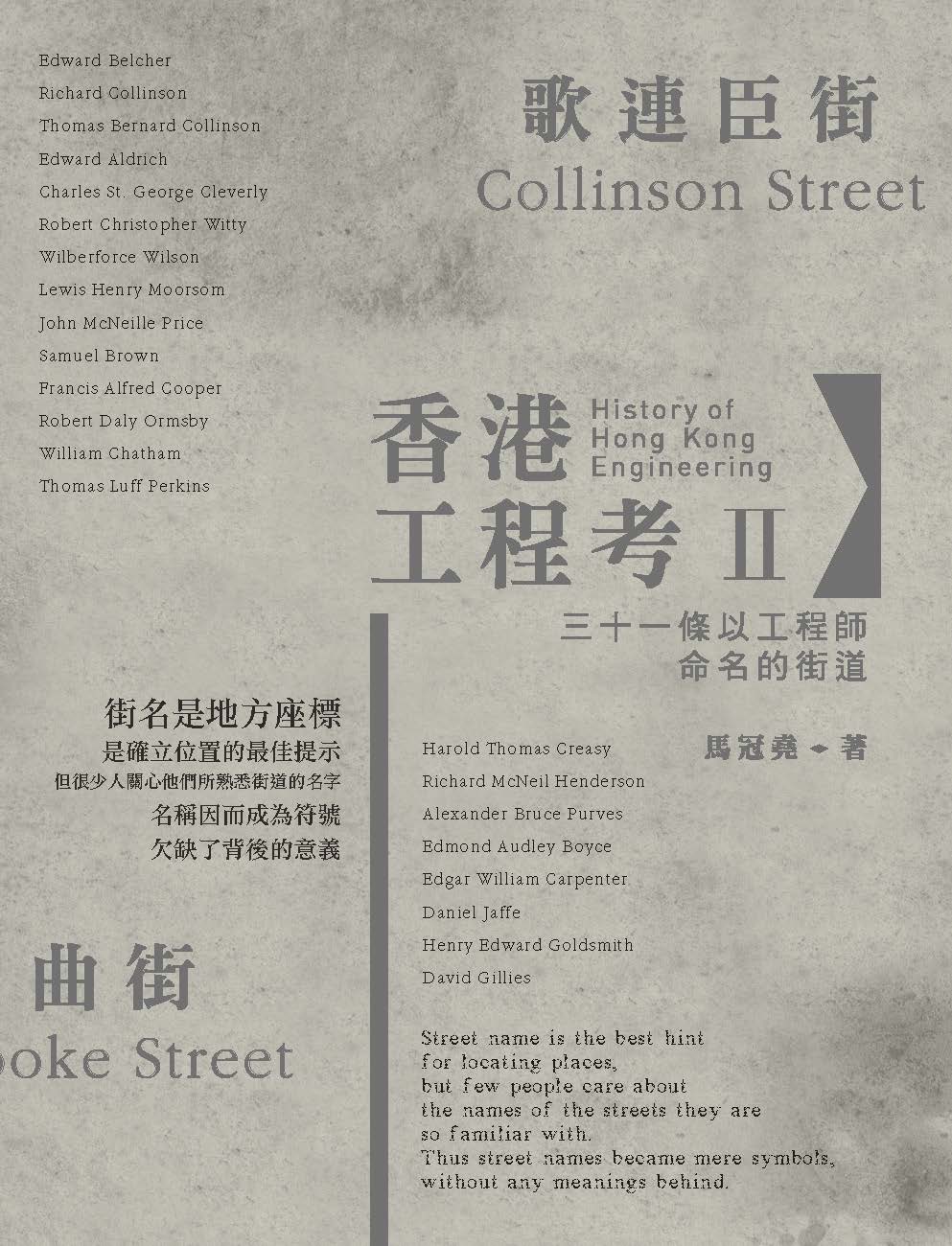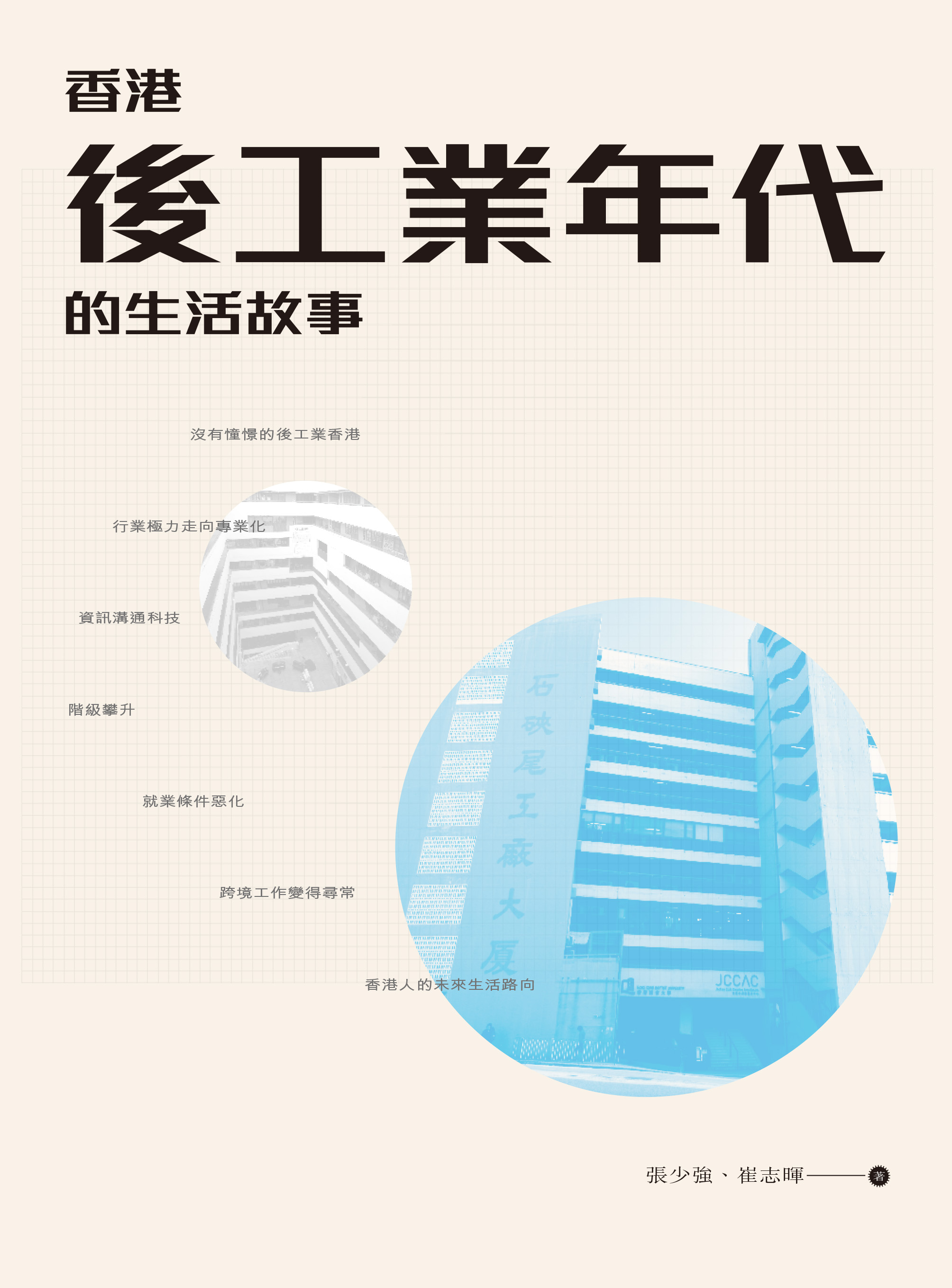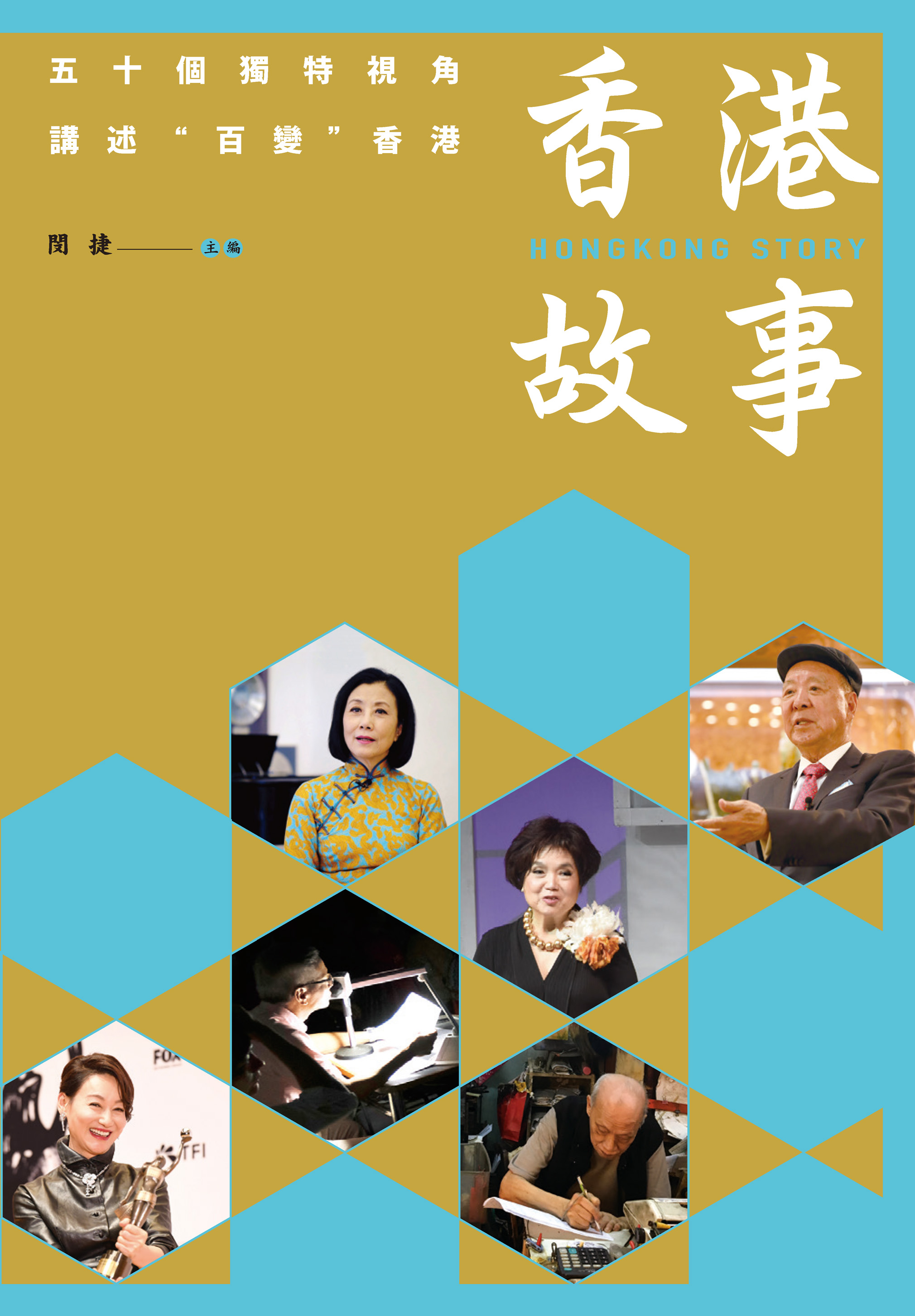e-Book List
e-Book
In 1889, the Hong Kong Golf Club was established in Hong Kong by Gershom Stewart and Murray Rumsey, with "Festina Lente" as the club motto. The Hong Kong Golf Club has a history of 130 years, witnessing the development of Hong Kong society and forming an important part of Hong Kong's history. The Fanling course, in particular, includes the clubhouse, which was built in 1911 and is rated as a Grade II historic building, and the snack kiosk, which was put into use in 1918 and is rated as a Grade III historic building. This book presents a comprehensive picture of the Hong Kong Golf Club's 130-year history of actively promoting golf in the territory and contributing to Hong Kong society with rich textual materials, detailed oral interviews, and precious historical pictures.
- AuthorLau Chi-pang
- PublisherJoint Publishing
- Publication Date2019
This book is a thematic study that explores the history, indigenous people, clans, economy and religion of Fanling from the perspectives of sociology, anthropology and history. Fanling's history can be traced back to the Ming Dynasty. The migration and development of major clans such as the Pang family in Fanling Wai and the Tang family in Lung Yeuk Tau are important clues for analyzing the identity of the indigenous people. In addition, the book uses the case of the construction of the Luen Wo Hui market and the Christian community in the Shung Him Tong village to demonstrate the operation and management of Luen Wo Hui, as well as how it changed Fanling's role in the local economy and politics after its completion. The book also discusses how the non-native people living in the Shung Him Tong village coordinate the identities of Christians and Chinese people within the traditional framework of the Basel Mission. The final chapter focuses on introducing some famous cultural relics, customs, architecture, and certain individual historical events in Fanling, providing readers with more entry points to further understand this region. In the revised edition, the property rights and interests of women in the walled villages of the New Territories are also discussed. The traditional culture preserved in Fanling is a precious asset and historical imprint of Hong Kong. With the New Northeast Development Plan proposed by the Hong Kong government, how Fanling can connect with new developments while retaining its own characteristics is an issue that not only Fanling residents but also every Hong Kong citizen should think deeply about.
- AuthorChan Kwok-shing
- PublisherJoint Publishing
- Publication Date2019
The history of Hong Kong's real estate industry can be traced back to the establishment of the land auction and land rights system and the land lease system in the early days. After World War II, emerging real estate developers represented by Wu Duotai and Henry Fok successively proposed the sales method of "layered sales and installment payments", promoting the transformation of real estate management methods and promoting the initial development of modern real estate industry from both supply and demand perspectives. In the early 1970s, with the rise of Hong Kong's stock market, emerging real estate developers represented by Cheung Kong Holdings, Sun Hung Kai Properties, Hopewell Holdings, and Henderson Land Development successively got listed and fully utilized the functions of the stock market to raise funds to expand their businesses, promoting the rapid development of the real estate industry. By the mid-to-late 1990s, the real estate industry had become an important pillar of Hong Kong's economy and was known as the "barometer of Hong Kong's economy". After 2003, driven by various internal and external, subjective and objective factors, Hong Kong's real estate market began a 16-year cyclical bull market. During this period, the "high land prices", "high property prices", and "high rents" caused by serious imbalance between supply and demand of land and housing had a negative impact on Hong Kong's economic performance and social livelihood. It became a deep-seated factor in many problems in Hong Kong's economy and society. Based on the author's "A Century of Hong Kong Real Estate Industry" published in 2001, this book extends the timeline to 2020, attempting to reveal the entire historical trajectory of the real estate industry from its inception, development to maturity against the macro background of Hong Kong's economic development, transformation and population growth. From this, the basic characteristics and development laws of Hong Kong's real estate industry are discovered, as well as its status, role and influence in the overall economy and people's livelihood. At the same time, the successful business investment strategies and setbacks and failures of major real estate groups are also studied in depth for reference.
- AuthorFeng Bangyan
- PublisherJoint Publishing
- Publication Date2021
- Preview
Cameron Road, Nathan Road, Boundary Street, Gough Street, Jaffe Road... These are the streets that Hong Kong people are familiar with, but behind them lies a common point - all their names are named after the engineers who have worked in Hong Kong for nearly a hundred years since the city became a free port. According to the author's careful research, there are as many as 31 streets in Hong Kong named after engineers, not including alleys. These engineers included navigational surveyors, royal engineers, shipbuilding engineers, gas engineers, railway engineers, waterworks engineers, road engineers, and civil engineers. Urban development is closely related to engineering projects, such as leveling slopes, building roads, observatories and lighthouses, transportation networks, typhoon shelters, shipyards, water tanks, markets, slaughterhouses, hospitals, prisons, as well as cemeteries. The subsequent development and application of new building materials and technologies are milestones in the development of engineering in Hong Kong. This book is the author's second monograph on Hong Kong’s engineering history. The content is not about the personal life of engineers, nor is it about the evolution of streets, but focuses on the various engineering stories left by these engineers whose names stay with us for decades. The stories in the book are analyzed and organized by the author based on historical archives, letters, newspapers and other materials. The information is detailed, and the narrative is interspersed with discussions, making it interesting to read. The book comes with a "Street Map Named after Engineers" (2014).
- AuthorMa Koon-yiu
- PublisherJoint Publishing
- Publication Date2014
Hong Kong has bid farewell to the industrial era for decades. Many local studies naturally adopt the term "post-industrial society" to summarize its current situation, or to imagine its future. However, there is often no in-depth reflection on Hong Kong's own post-industrial transformation and unique situation. The purpose of this book is to elaborate on the social characteristics of Hong Kong today, to document how Hong Kong labor market transformed into one dominated by clerical work, to show the fate Hong Kong people are generally facing, and to savor Hong Kong people's reactions and feelings to these changes.
- AuthorCheung Siu-kueng
- PublisherJoint Publishing
- Publication Date2015
Fifty short stories make up for this collection of "Hong Kong Stories". The selected vantage points are different, including both commoners and social elite; there are writers, painters, doctors, artists, as well as vegetable farmers, foreign maids, creators, and Hong Kong drifters... They are real people from all walks of life in life, each with their own feelings and emotions, dedicated and diligent in their work and life. Their joy, sorrow, passion, ambivalence and changes in life as time goes by are not overly emphasized. The plain language can truly present the pride and dignity of commoners. In addition to text and pictures, this book is also accompanied by twenty selected video works, which are carefully produced by video reporters. They are restored for more vivid details, more three-dimensional, but still authentic. If you want to deepen your understanding of Hong Kong, if you want to avoid the "concrete jungle" and experience the city from a different angle, this book is, in a sense, fifty unique footnotes for you to see Hong Kong in a different light.
- AuthorMin Jie
- PublisherJoint Publishing
- Publication Date2019


